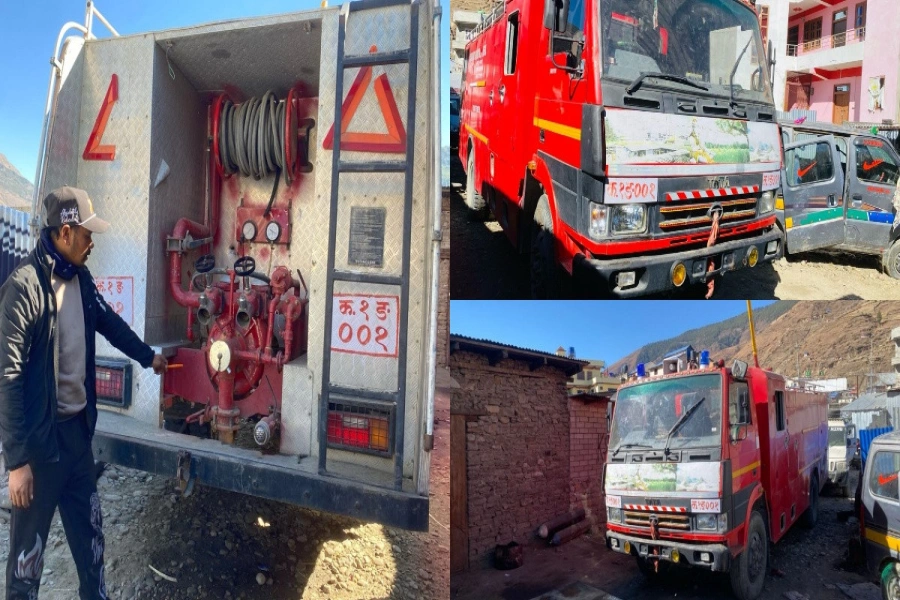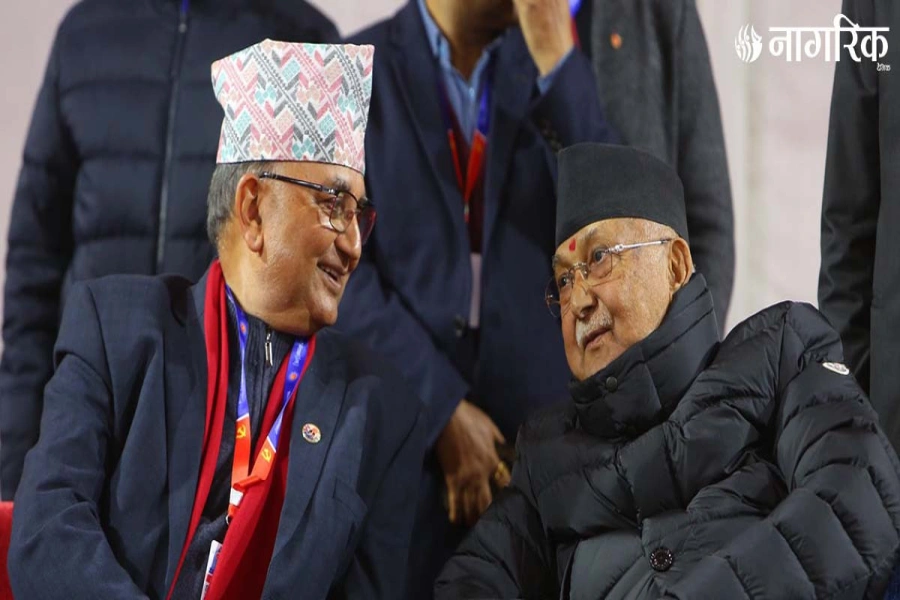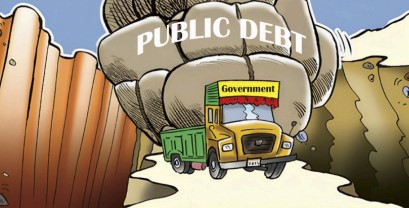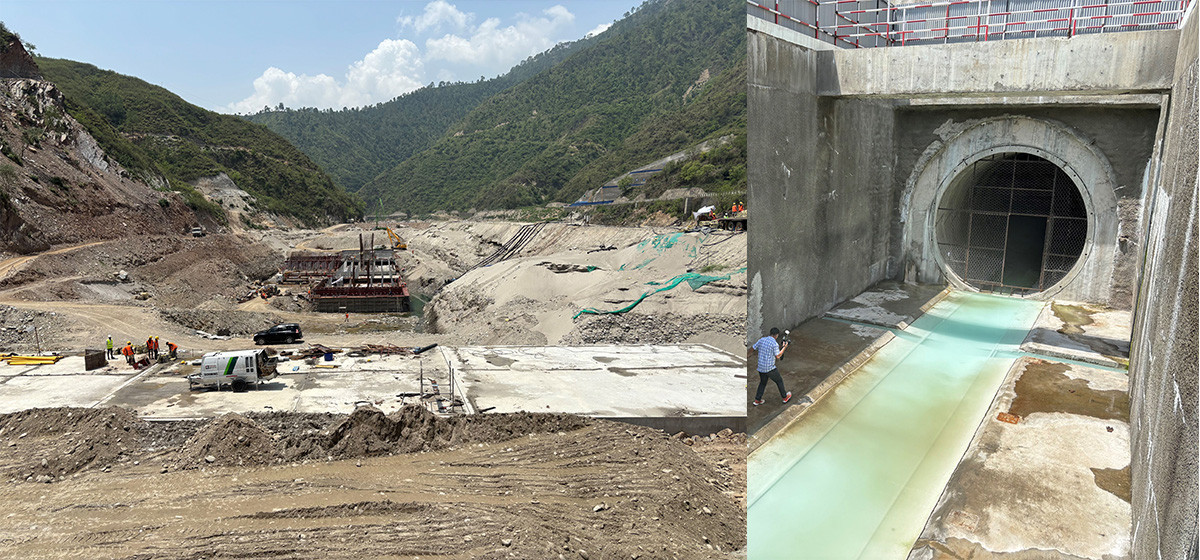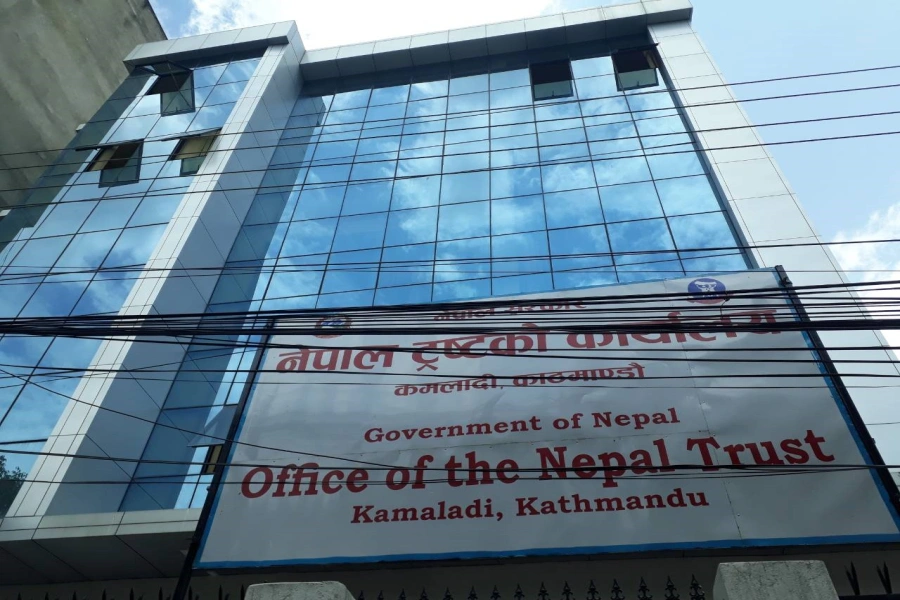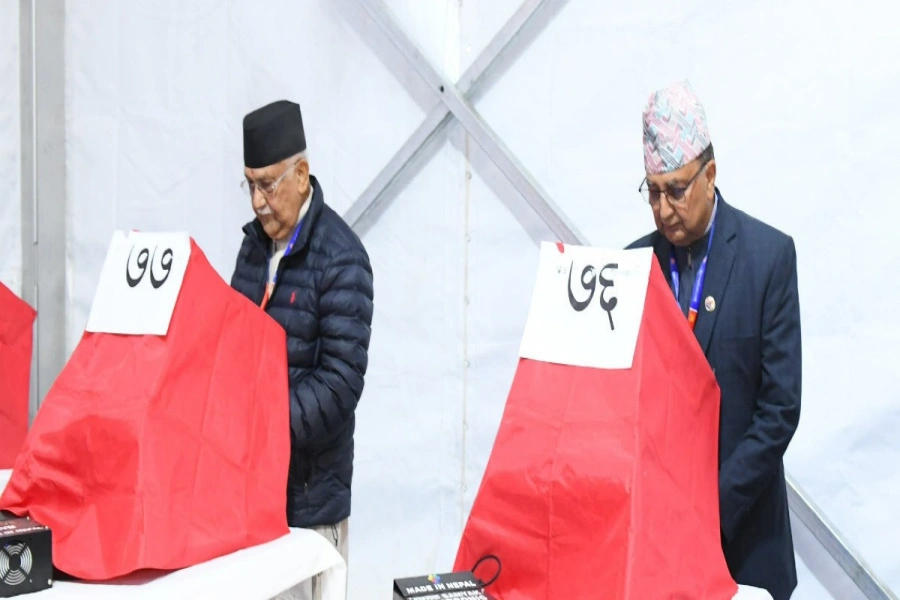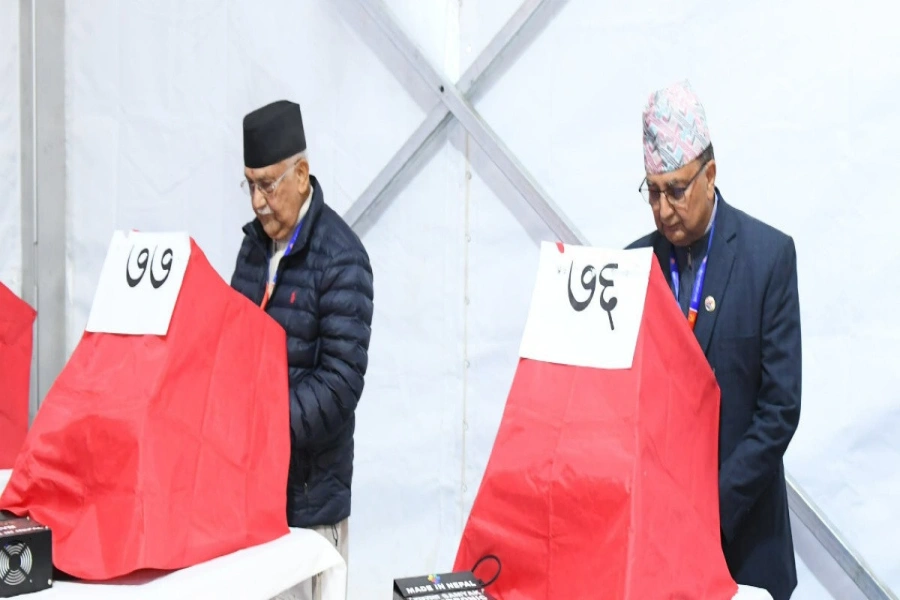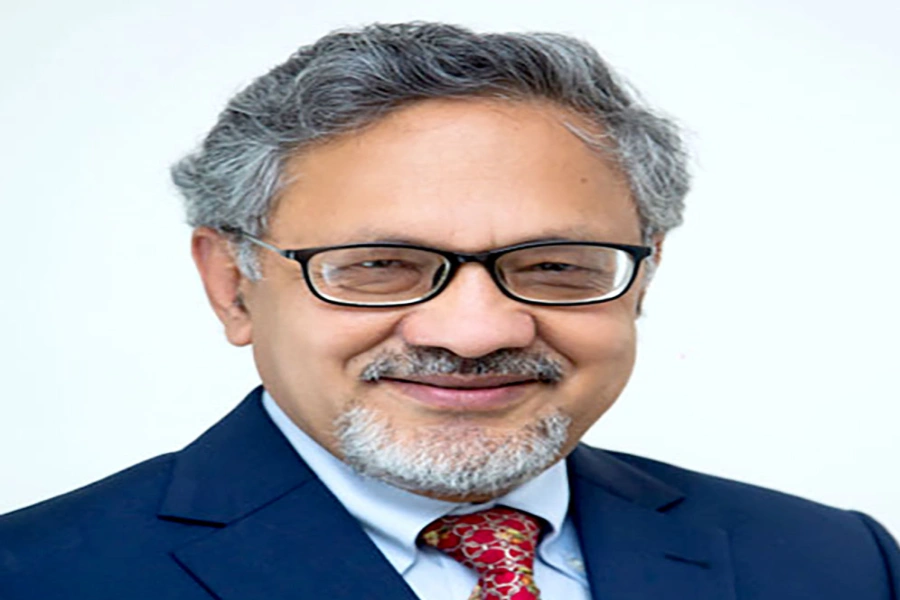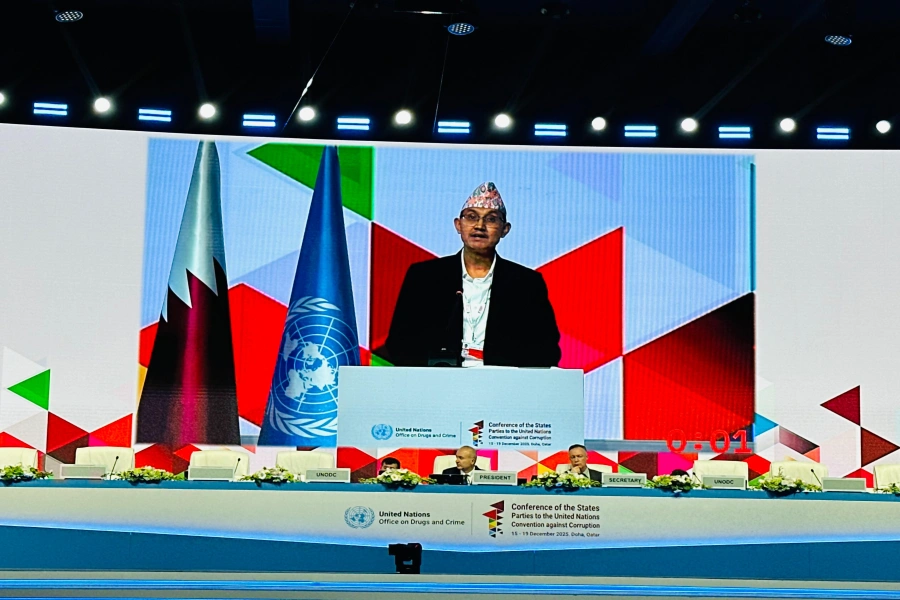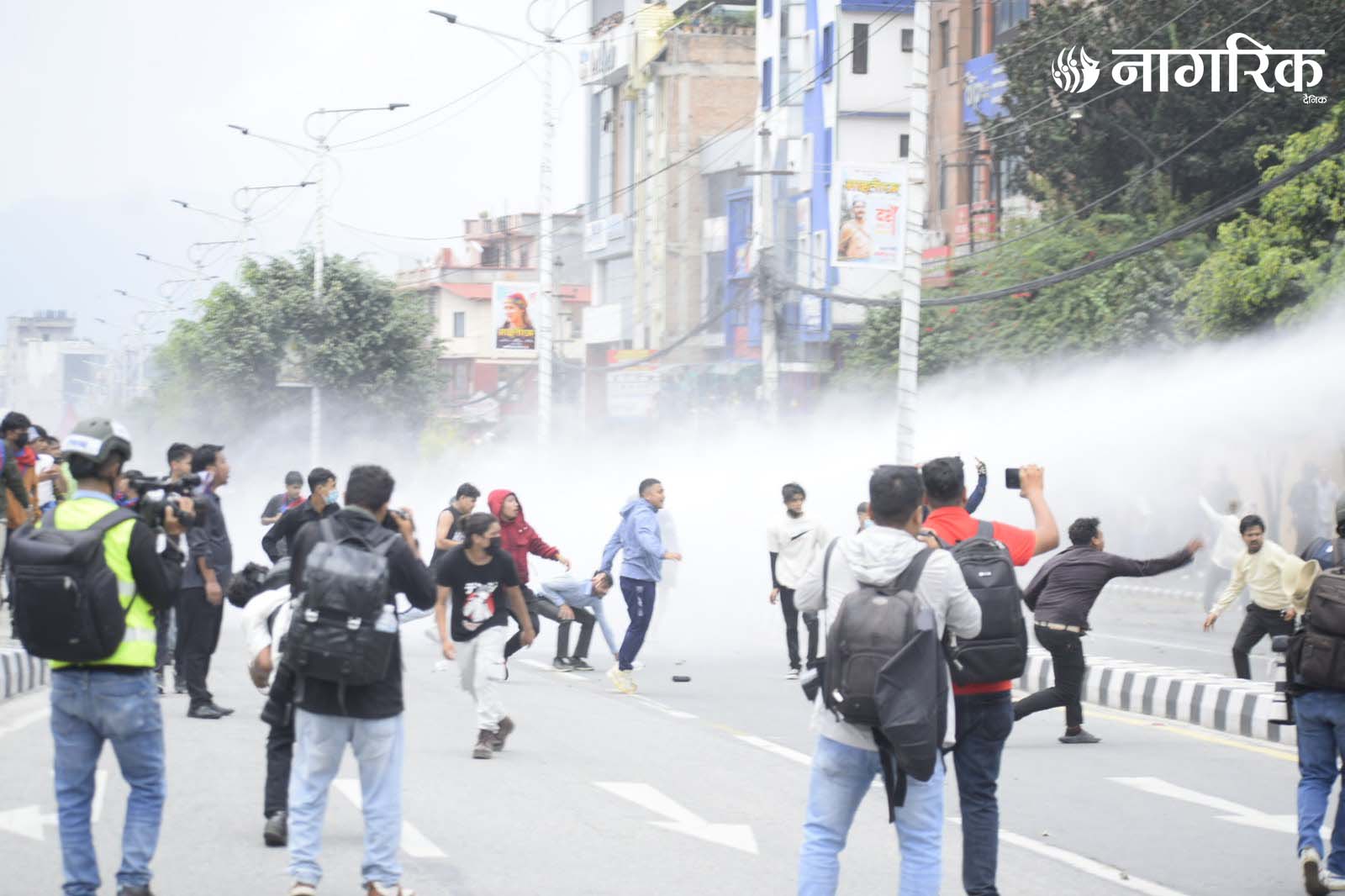Nepal's electricity sector has undergone a dramatic transformation over the past decade, largely due to the leadership of Kulman Ghising. His tenure as the Managing Director of the Nepal Electricity Authority (NEA) was marked by the end of prolonged power cuts, improved electricity generation, and better financial management. However, his removal from the post has raised serious concerns about the future trajectory of Nepal’s energy sector. Can Nepal sustain its progress, or will it collapse into mismanagement and inefficiency? This editorial explores Nepal’s electricity scenario under Ghising’s leadership, the challenges following his exit, and the broader implications for the nation’s energy security.
The Kulman Ghising Era: A Game-Changer for Nepal’s Energy Sector
Before Kulman Ghising took charge in 2016, Nepal was crippled by a severe energy crisis. Load-shedding, sometimes lasting up to 18 hours a day, had devastated industries, households, and businesses. It was a period of economic stagnation, frustration, and widespread reliance on expensive alternative energy sources like diesel generators and inverters. Ghising’s arrival changed everything. Within months of assuming office, he implemented bold measures to eliminate load-shedding. His strategy included several key initiatives that transformed Nepal’s energy sector.
Firstly, Demand-Supply management was introduced. Ghising optimized electricity distribution by identifying leakage points and efficiently managing peak-hour demand, ensuring a more reliable power supply. Secondly, a Crackdown on Electricity Theft was initiated. Industrial consumers, who were illegally consuming power, were forced to regularize their usage, helping to reduce losses and improve the efficiency of the electricity system. Next, Ghising focused on Maximization of Available Energy. By ensuring better water flow management in hydropower plants, electricity generation was optimized, allowing for more consistent and reliable power generation.
Additionally, Cross-Border Power Trade was strengthened under Ghising’s leadership. He improved Nepal’s electricity trade with India, allowing Nepal to import power during shortages and export surplus energy, creating a more stable energy supply. Lastly, Ghising oversaw the Financial Recovery of NEA. Under his leadership, the Nepal Electricity Authority (NEA) transitioned from being a loss-making entity to generating significant profits, which helped to stabilize the sector financially. His success was not just technical—it restored public faith in Nepal’s ability to govern effectively. For the first time, citizens and industries could rely on uninterrupted electricity, enabling businesses to flourish and the economy to gain momentum.
Gyanendra Shahi and Kulman Ghising to receive ‘Global Hero Awar...

Post-Ghising Scenario: Is Nepal’s Energy Future at Risk?
Despite his widely recognized achievements, political interference led to Ghising’s removal, raising a crucial question: Can Nepal sustain the progress made in the electricity sector without strong leadership? Nepal's electricity sector has long been plagued by political interference. If the Nepal Electricity Authority (NEA) falls under incompetent or politically influenced leadership, issues such as unchecked electricity theft, poor demand-supply management, and financial inefficiency could resurface, undoing the progress Ghising made.
Nepal has immense hydropower potential, with the capacity to generate over 80,000 MW of electricity. However, bureaucratic delays, poor investment strategies, and inadequate infrastructure have hindered growth. Ghising played a crucial role in expediting hydropower projects, and his absence could slow down this progress, further delaying the realization of Nepal's energy potential. Under Ghising’s leadership, Nepal strengthened its energy trade with India, securing agreements to sell surplus electricity. Without strong leadership at the NEA, Nepal risks losing these advantages, which could result in wasted energy and financial losses. This weakens the strategic position Nepal held in regional energy trade.
Nepal needs a robust transmission system to distribute electricity efficiently across all provinces. Delays in infrastructure projects could lead to power surpluses in some areas, while other regions continue to face shortages. Without proactive leadership like Ghising’s, these challenges could worsen, exacerbating the inefficiency of the electricity system. One of Ghising’s greatest achievements was restoring public trust in the government’s ability to solve long-standing issues. If the electricity sector reverts to mismanagement, investor confidence in Nepal’s hydropower industry could decline, slowing much-needed private-sector investments and hindering the country’s economic development.
Can Nepal Avoid an Energy Crisis?
Although Ghising’s departure is a significant setback, Nepal still has an opportunity to ensure stability and growth in its electricity sector. To do so, the government must take several key steps. First, the Nepal Electricity Authority (NEA) needs to appoint a technically sound leader who is free from political pressure and capable of continuing Ghising’s reforms. Additionally, Nepal must implement policy reforms to strengthen institutional mechanisms and prevent political interference in NEA’s operations. Transparent procurement processes and performance-based management are essential for this.
Moreover, the government must prioritize major hydropower projects like Upper Tamakoshi and Arun III, ensuring their timely completion. It is equally important to encourage private-sector investment to accelerate hydropower development. To maximize Nepal’s hydropower potential, the government should also explore electricity trade agreements beyond India, with countries like Bangladesh and China. Strengthening the national and cross-border transmission infrastructure will help ensure efficient energy distribution and minimize wastage. Finally, while hydropower remains Nepal’s primary energy source, investing in solar and wind energy can provide additional stability to the national grid.
Conclusion
Kulman Ghising’s leadership proved that Nepal has the potential to transform its energy sector with the right vision and commitment. His removal, however, has left a vacuum that could jeopardize the progress made if not managed wisely. The biggest challenge now is ensuring that political interests do not overshadow the technical and economic needs of the energy sector. If Nepal fails to maintain strong leadership and sound policies, the country could slip back into an era of mismanagement and power shortages. However, if the government acts prudently, builds on Ghising’s reforms, and prioritizes energy development, Nepal can achieve long-term electricity security and even emerge as a regional energy exporter. The choice is clear: Either Nepal sustains its momentum toward energy prosperity, or it risks falling back into another dark age of power crises.
I still remember the days of endless load-shedding when we had to run to our neighbors just to check the schedule. Then came a man with a vision—Kulman Ghising—who took charge of NEA and brought light to every home. Nepal, once drowning in darkness, began to shine. But now, with his removal, the fear of returning to those dark days haunts us. Still, hope is not lost. Nepal is not just a consumer of electricity; it is the mother of electricity, blessed with the power to generate over 83,000 MW of hydropower. Our rivers roar with unused energy, and our mountains stand as guardians of limitless potential. No matter what challenges come, Nepal will always find its way back to the light—forever bright, forever strong.





